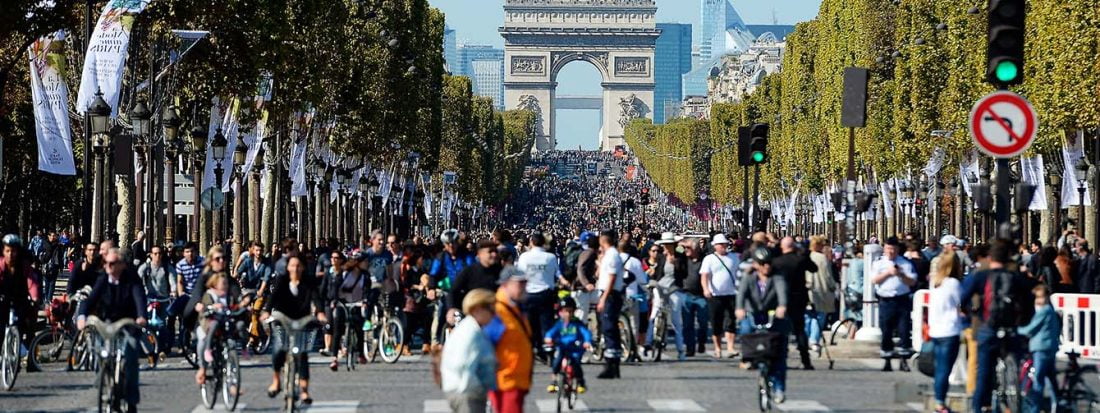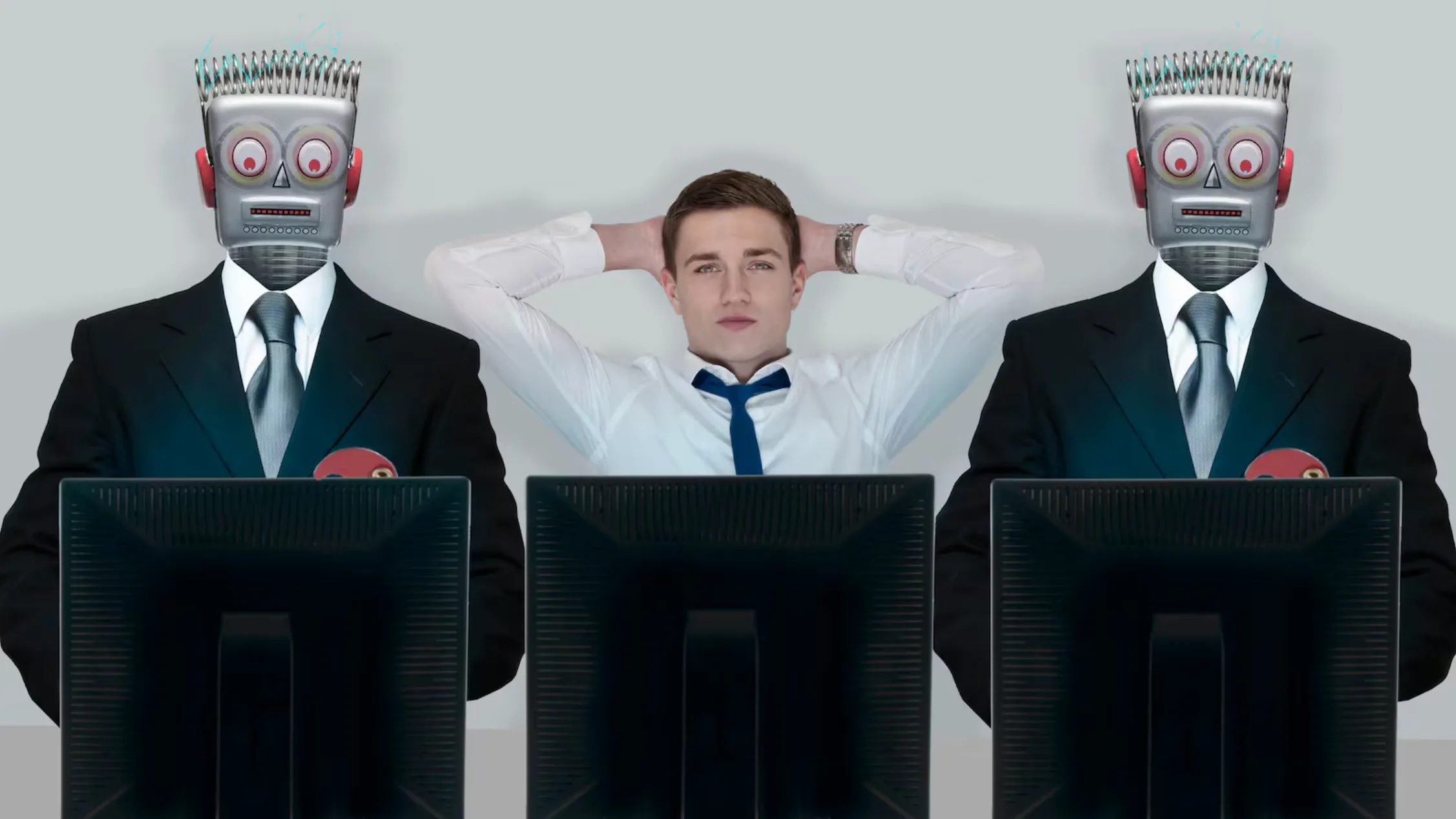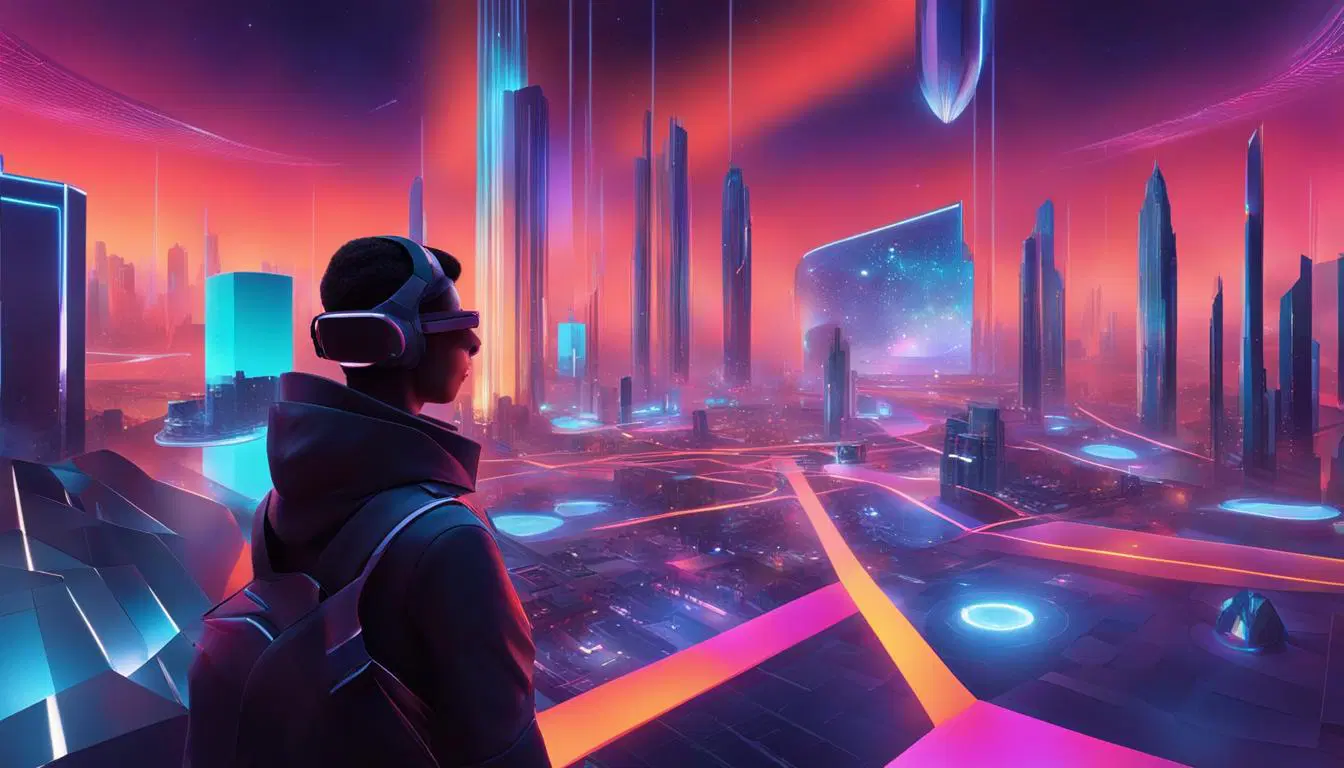Photo credit : Courtesy of Paris Process on Mobility and Climate (PPMC)
Looking beyond the hype of car-free cities topic as described by the media, I will try to focus on the idea itself, its vision and its promises as well as the actors implied for the future of car-free cities. Based on the recent news related to to car-free cities, it is clear that policy makers are supporting the idea of banning cars from cities by supporting different initiatives such as car-free days and implementing new regulations to ban traffic in certain urban areas. On December 7th, 2016, Paris authorities restricted traffic in the city for a second day. The decision had been made after a “lid of pollution” sealed the capital, causing concern over public health after Paris mayor won the long-running battle to introduce emergency traffic bans when pollution from vehicles reaches dangerous levels.
Concerns about extreme pollution are raising in different cities around the world. Given the exceptional scientific and policy significance of climate change, “it is now seen as essential to limit carbon use in transport since it accounts for one-third of total carbon dioxide emissions and is the fastest growing source of such emissions”. To face this problem, the United Nations Framework Convention on Climate Change (UNFCCC), a negotiated international environmental treaty, had been created with the objective to stabilize greenhouse gas concentrations in the atmosphere. On December 2016, Paris Agreement, the world’s first comprehensive climate agreement that aims to reduce global warming had been adopted. One of the listed aims, as stated on the agreement proposal, is “increasing the ability to adapt to the adverse impacts of climate change and foster climate resilience and low greenhouse gas emissions development, in a manner that does not threaten food production”. Following this agreement, ”nationally determined contributions” had been determined by each individual country contribution to achieve the common goals of Paris Agreement.
In response to air pollution, policy makers have opted for car-free areas within cities. The different measures, either temporal such as car-free days or weekends or for the long-term such as regular traffic bans, have the vision of a common desirable future to reduce the risks and impacts of climate changes. The different nation-states agreed upon this shared vision once they adopted Paris Agreement which is as stated: “Hold the increase in the global average temperature to well below 2 °C above pre-industrial levels and to pursue efforts to limit the temperature increase to 1.5 °C above pre-industrial levels, recognizing that this would significantly reduce the risks and impacts of climate changes”.
In the field of Science and Technology Studies, Jasanoff, a prominent researcher in the field of science and technology studies, introduced the concept of socio-technical imaginaries to explain how other non-scientific actors and institutions promote science and technology. In our case, how non-scientific actors promote, on the contrary, the ban of a technology in this case cars in urban areas and create a new car-free social order. In fact, the concept of socio-technical imaginaries, as explained by Jasanoff builds in part on the “growing recognition that the capacity to imagine futures is a crucial constitutive element in social and political life”. Thus, part of the arguments used by policy makers is based on the imagination of the future without cars in urban areas. Imagination is no longer seen as mere fantasy or illusion, but as an important cultural resource that enables new forms of life by projecting positive goals and seeking to attain them. Policy makers clearly state the positive goals of car-free areas, for instance, lower car fumes, lower CO2 emission, improving public places. Different measures are suggested or already implemented such as car-free days, regular traffic bans or plans for low emission zones and pedestrian streets.
Different actors engage in the making of banning cars in cities. Based on Geets’ socio-technical configuration in personal transportation, the actors implied are policy makers, environmental experts, NGOs, automobile industry and the urban mobility industry and institutions well as the public. The new eco-cities to be redesigned without the use of vehicles will change the “technological regime” of urban auto-mobility. Policy makers have more weight over the decision to change this technological regime. In Paris, for instance, authorities are allowed to make the decision to stop traffic when air pollution spikes. Ségolène Royal, the ecology minister, announced in 2015 that vehicle ban would come into immediate effect “when the region and the city authorities demand it”. The effect on the automobile industry as an actor is also predictable. NGOs that support free-car cities advocate for a “normal” life without cars. World Car Free an NGO promotes car-free day activities and relies on the support of the governments to help “create permanent change to benefit pedestrians, cyclists, and other people who do not drive cars”. Resources must be mobilized to represent technological trajectories, in this case banning cars from the cities, as being in the ‘‘national interest’’, as described by Jasanoff. Policy makers and advocates for car-free cities are clearly presenting the national interest of car-free cities and presenting the imagination of a new social life with a better air quality, enjoyable living space, and safe cycling.
In order to make predictions, establish their authority, the different actors use the argument of the low emissions measured by environmental agencies during the car-free period.
The automobile has a cultural and symbolic meaning in the society and the technology transition of banning cars from the city will be “a major, long-term technological changes in the way societal functions are fulfilled”. As a matter of fact, the transition does not only include the changes in the use of the automobile, but also changes in user practices, regulation, industrial networks, infrastructure, and symbolic meaning or culture. Based on Geels’ socio-configuration of transportation, the transition to car-free cities will consist of a change from one socio-technical configuration to another, involving substitution of technology, as well as changes in other elements, naming the actors involved in the future of car-free cities such as the industry, the public, and the infrastructure. Still, such reconfiguration processes do not occur easily, because the elements in a socio-technical configuration are linked and aligned to each other.
References:
Geels, Frank W. 2002. “Technological Transitions as Evolutionary Reconfiguration Processes: A Multi-Level Perspective and a Case-Study.” Research Policy 31(8-9):1257–74. doi:10.1016/S0048-7333(02)00062-8.
Jasanoff, Sheila, and Sang-Hyun Kim. 2009. “Containing the Atom: Sociotechnical Imaginaries and Nuclear Power in the United States and South Korea.” Minerva 47(2):119–46. doi:10.1007/s11024-009-9124-4.
Paris Agreement. UNFCCC secretariat. Retrieved on December 23rd 2016 from: https://unfccc.int/resource/docs/2015/cop21/eng/l09.pdf
Urry (2008) Governance, flows, and the end of the car system? Global Environmental Change 18 (2008) 343– 349
”U.S. and China announce steps to join the Paris accord that set nation-by-nation targets for cutting carbon emissions”. Cbs news. September 3, 2016. Retrieved on December 23, 2016 from http://www.cbsnews.com/news/us-china-enter-climate-change-deal/
UNFCCC (2016) Retrieved on December 23, 2016 from: http://unfccc.int/paris_agreement/items/9485.php
Van Mead, N. (2016) Paris is banning traffic from half the city. Why can’t London have a car-free day?, published The Guardian on September 22nd 2016
Worldcarfree. retrieved on December 23, 2016 from: http://www.worldcarfree.net/wcfd/
Willsher, K (2016) Paris bans cars for second day running as pollution chokes city. The Guardian Online Retrieved on December 23rd 2016 from: https://www.theguardian.com/world/2016/dec/07/paris-bans-cars-for-second-day-running-as-pollution-strikes?CMP=share_btn_link
Willsher, K (2015) Paris to stop traffic when air pollution spikes. The Guardian Online Retrieved on December 23rd 2016 from: https://www.theguardian.com/environment/2015/nov/03/paris-to-stop-traffic-when-air-pollution-spikes



